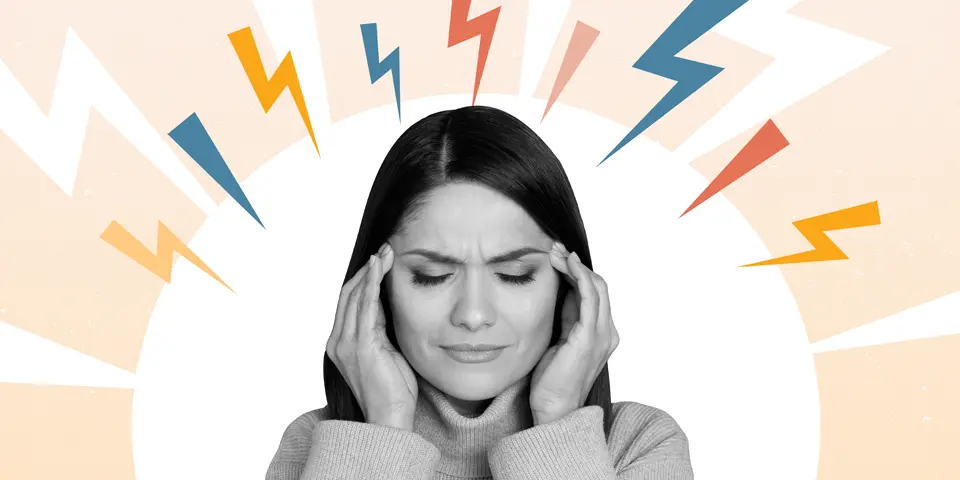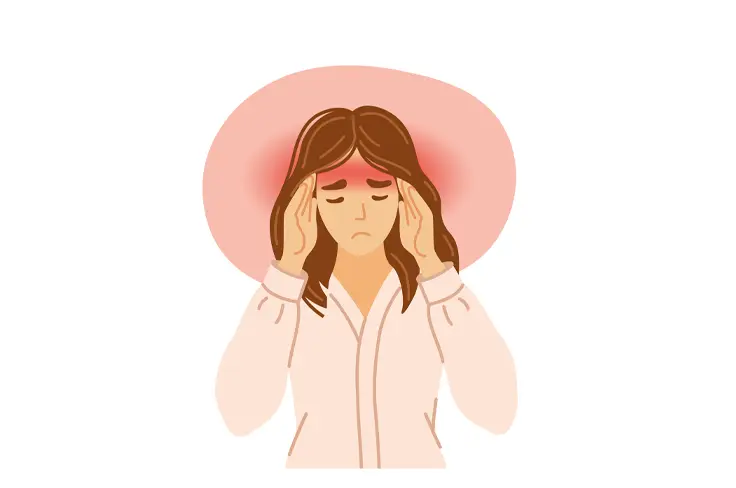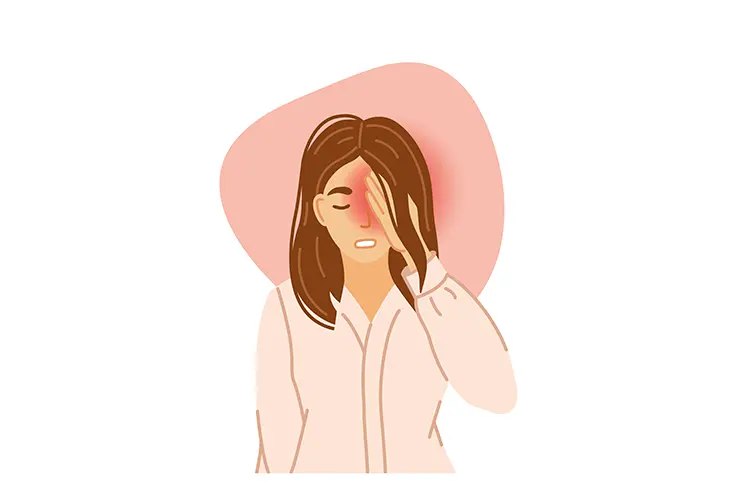
Headaches – how do they occur and how can you prevent them?
The health problem number
Primary headaches

Tension headaches
Triggers, prevention and remedies:

Migraine
This is the second most common type of headache.
Location: Usually one half of the head is affected, in the front area of the head.
Strength: Strong to very strong.
Form of pain: Pulsating and paroxysmal.
Duration: Several hours to several days.
Restriction: Often severe restrictions on those suffering. Physical activity worsens the pain. Sounds, smells and light often do the same. Nausea and even vomiting are not uncommon symptoms.
Around 10-15% of migraine sufferers experience a “migraine aura”. Patients can then be affected by difficulty finding words, loss of field of vision, visual disturbances and tingling in the extremities.
Triggers, prevention and remedies:
Some people are genetically predisposed to migraines. However, various factors can promote migraine attacks. These can vary from person to person. Possible triggers include changes in the weather, hormonal changes, alcohol consumption, chocolate, stress, medication, changes in the rhythm of life.
Stopping hormone preparations, changing medications, and adopting a healthy lifestyle can contribute to prevention without drinking alcohol and avoiding stressful situations. If a migraine occurs, it is advisable to retreat to a low-stimulus environment and get plenty of rest.

Cluster headaches
Triggers, prevention and remedies:

